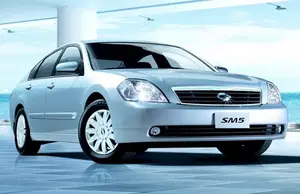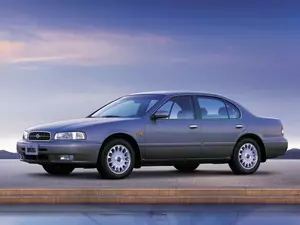
| Vehicle | Precise engine size | Difference from world average | Engine size to consumption ratio | Horsepower from 1 L | Engine size to 100 kg of weight |
|---|---|---|---|---|---|
| 2.0 i 16V |
2 L (1997 cc) |
14.9% smaller | - | 68 hp from 1 L | 133 cc to 100 kg |
| Vehicle | 2.0 i 16V |
|---|---|
| Precise engine size | 2 L (1997 cc) |
| Difference from world average | 14.9 smaller |
| Engine size to consumption ratio | - |
| Horsepower from 1 L | 68 hp from 1 L |
| Engine size to 100 kg of weight | 133 cc to 100 kg |

| Vehicle | Precise engine size | Difference from world average | Engine size to consumption ratio | Horsepower from 1 L | Engine size to 100 kg of weight |
|---|---|---|---|---|---|
| 518i |
1.84 L (1838 cc) |
21.7% smaller | - | 72 hp from 1 L | 141 cc to 100 kg |
| 520i |
2 L (1998 cc) |
14.8% smaller | - | 72 hp from 1 L | 143 cc to 100 kg |
| 525 i V |
2.5 L (2495 cc) |
6.4% bigger | - | 69 hp from 1 L | 166 cc to 100 kg |
| 520 i V |
2 L (1995 cc) |
15% smaller | - | 72 hp from 1 L | 143 cc to 100 kg |
| Vehicle | 518i |
|---|---|
| Precise engine size | 1.84 L (1838 cc) |
| Difference from world average | 21.7 smaller |
| Engine size to consumption ratio | - |
| Horsepower from 1 L | 72 hp from 1 L |
| Engine size to 100 kg of weight | 141 cc to 100 kg |
| Vehicle | 520i |
| Precise engine size | 2 L (1998 cc) |
| Difference from world average | 14.8 smaller |
| Engine size to consumption ratio | - |
| Horsepower from 1 L | 72 hp from 1 L |
| Engine size to 100 kg of weight | 143 cc to 100 kg |
| Vehicle | 525 i V |
| Precise engine size | 2.5 L (2495 cc) |
| Difference from world average | 6.4 bigger |
| Engine size to consumption ratio | - |
| Horsepower from 1 L | 69 hp from 1 L |
| Engine size to 100 kg of weight | 166 cc to 100 kg |
| Vehicle | 520 i V |
| Precise engine size | 2 L (1995 cc) |
| Difference from world average | 15 smaller |
| Engine size to consumption ratio | - |
| Horsepower from 1 L | 72 hp from 1 L |
| Engine size to 100 kg of weight | 143 cc to 100 kg |